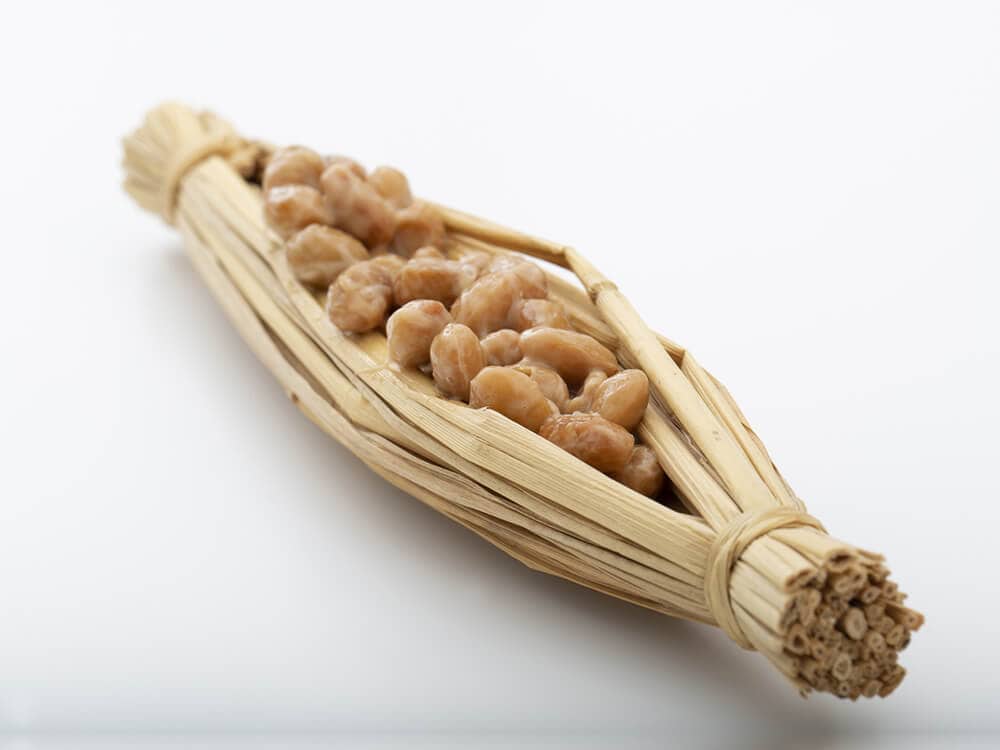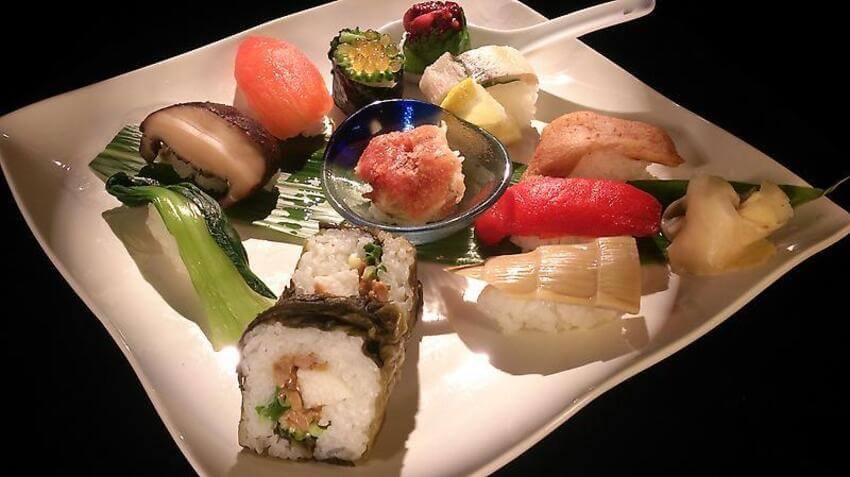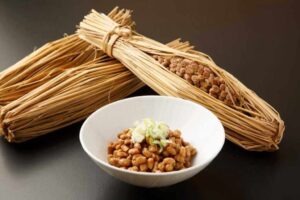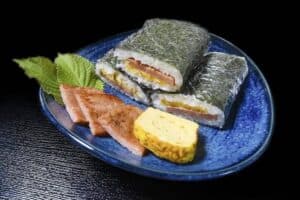The “Traditional Natto Fermentation Method” explores the rich heritage and unique process behind one of Japan’s most iconic foods. This article delves into the ancient techniques of fermenting natto that make it a staple in Japanese cuisine. Dive into the article to discover the fascinating world of traditional natto fermentation and its enduring legacy.
What is Fermentation?

Fermentation is a widely used method of preserving food that harnesses the natural processes of food and microorganisms. This transform it into a different product. Common fermented foods worldwide include nukazuke, kimchi, kombucha, and various cheeses. In Japan, there are several popular fermented foods. Natto is a famous Japanese fermented food known for its health benefits, despite being divisive in taste. Widely used in both traditional and modern Japanese cuisine.
Natto Fermentation
Natto is a traditional Japanese food made by fermenting soybeans. It is rich in protein, vitamins (especially vitamin K2), and minerals. It contains an enzyme called nattokinase, which is believed to have health benefits, particularly for cardiovascular health. Natto is celebrated for its unique taste, nutritional profile, and cultural significance in Japanese cuisine.
Natto and miso are two significant traditional fermented soy foods in Japan. This dish is made by fermenting cooked soybeans with Bacillus subtilis natto, resulting in beans with a sticky appearance, slippery texture, sour aroma, and nutty flavor. In the preparation of natto, soybeans are first soaked, steamed, or boiled. Then, they will ferment it for 16 hours at 40°C before being allowed to cool and mature for 24 hours in the refrigerator.
Moreover, Natto has garnered global attention as a food linked to promoting good health and longevity. It offers various health benefits, including anti-hypertensive properties, low-density lipoprotein (LDL) oxidation, anti-thrombotic effects, anti-diabetic properties, anti-aging effects, and reduction in cardiovascular mortality. Therefore, these findings highlight the potential of natto as a functional food with multiple positive effects on health.
Traditional Natto Fermentation Process
Place the soybeans in a colander and wash them thoroughly, then transfer to a pot with plenty of water and leave to absorb the water for half a day to a day. Discard the water, rinse the soybeans lightly, place them in a pot, pour in plenty of water, and put on the stove.
Slowly simmer for 2-2.5 hours if using small soybeans, or 3-4 hours if using large soybeans. Once cooked, drain in a colander and set aside. This step softens the soybeans and prepares them for fermentation.
Traditionally, soybeans were placed in a “warazuto” (straw basket) made from boiled and sterilized rice straw, which naturally contains natto bacteria. Today, due to the difficulty in obtaining rice straw, cultivated natto bacteria are more commonly used. Sprinkle the natto bacteria over the cooled soybeans.
Place the containers packed with soybeans in a fermentation room called a “muro,” where temperature and humidity are controlled. Ferment the soybeans at around 40 degrees Celsius for about 16 to 18 hours. Traditionally, this process took around 22 to 24 hours using natural natto bacteria from straw.
After the initial fermentation is complete, cool the natto to stop the fermentation process. Allow the natto to mature for about 24 hours to let the flavors develop and the fermentation settle.
During fermentation, natto bacteria break down the proteins and carbohydrates in the soybeans. This creates the distinctive aroma, flavor, and stickiness of natto, characterized by the formation of polyglutamic acid, a compound rich in umami.
Once the fermentation processes are complete, the natto is ready. The resulting product will have the characteristic stringiness and umami flavor that makes natto unique.
Traditional Natto Fermentation Method makes it unique

The traditional fermentation of natto makes it unique in Japan due to its distinctive method of using Bacillus subtilis var. natto, a bacterium naturally found in rice straw, to ferment soybeans. And so, this process results in natto’s characteristic, texture and rich, savory flavor. The fermentation enhances the soybeans’ nutritional profile, making natto a powerhouse of protein, vitamins, and probiotics. It also embodies a deep cultural heritage that reflects Japan’s dedication to preserving traditional culinary practices. This blend of health benefits and historical significance, coupled with the unique sensory experience natto offers, solidifies its status as a quintessentially Japanese food.
Fermentation of Natto impact the Japanese culture

The fermentation of natto has become embedded in Japanese culture due to its deep historical roots, daily dietary significance, and health benefits. Thus, originating over a thousand years ago, natto has long been a staple food, especially for breakfast, making it an integral part of everyday life in Japan. Its unique fermentation process, which uses Bacillus subtilis var. natto, produces a distinctive flavor and texture preserving traditional culinary practices. Additionally, natto’s high nutritional value, rich in protein, vitamins, and probiotics, aligns with the Japanese emphasis on a balanced and healthy diet. The regional variations of natto further highlight its cultural importance, as different areas take pride in their unique versions, fostering a sense of local identity and tradition. This blend of historical significance, daily consumption, and health benefits solidifies natto’s place in Japanese culture.
Natto Bonus Facts
In Japan, natto are produced locally and on an industrial scale and have one of the longest histories in the food industries. Fermentation methods, standardization of manufacturing procedures, and quality controls are well established. The consumption of natto has been associated with health benefits such as lower incidence of certain diseases, and lower risk of mortality.
Natto, a fermented soybean product, comes in two main types. “Itohiki natto,” which is fermented with natto bacteria and is known for its sticky texture, and “shiokara natto,” which is fermented with koji mold and does not have sticky strings. Additionally, itohiki natto can be further categorized into three types: “whole soybean natto,” “ground natto,” and “five-ton natto.”
Natto bacteria are incredibly tough. They can survive strong acidic environments like your stomach and even resist radiation at levels much higher than what would be lethal to humans. The fermentation process creates nattokinase, an enzyme thought to have health benefits like reducing blood clots and improving heart health. This enzyme is even sold as a separate supplement.
Takeaway

In conclusion, the Traditional Natto Fermentation Method article provides an in-depth look at the fascinating process behind one of Japan’s most unique and culturally significant foods. We hope that this exploration has not only enlightened you on the traditional methods of natto production but also inspired an appreciation for the rich heritage and health benefits that natto brings to the table.
There are other preserved foods or fermented foods you can try out whenever you go to Japan.
















Comments